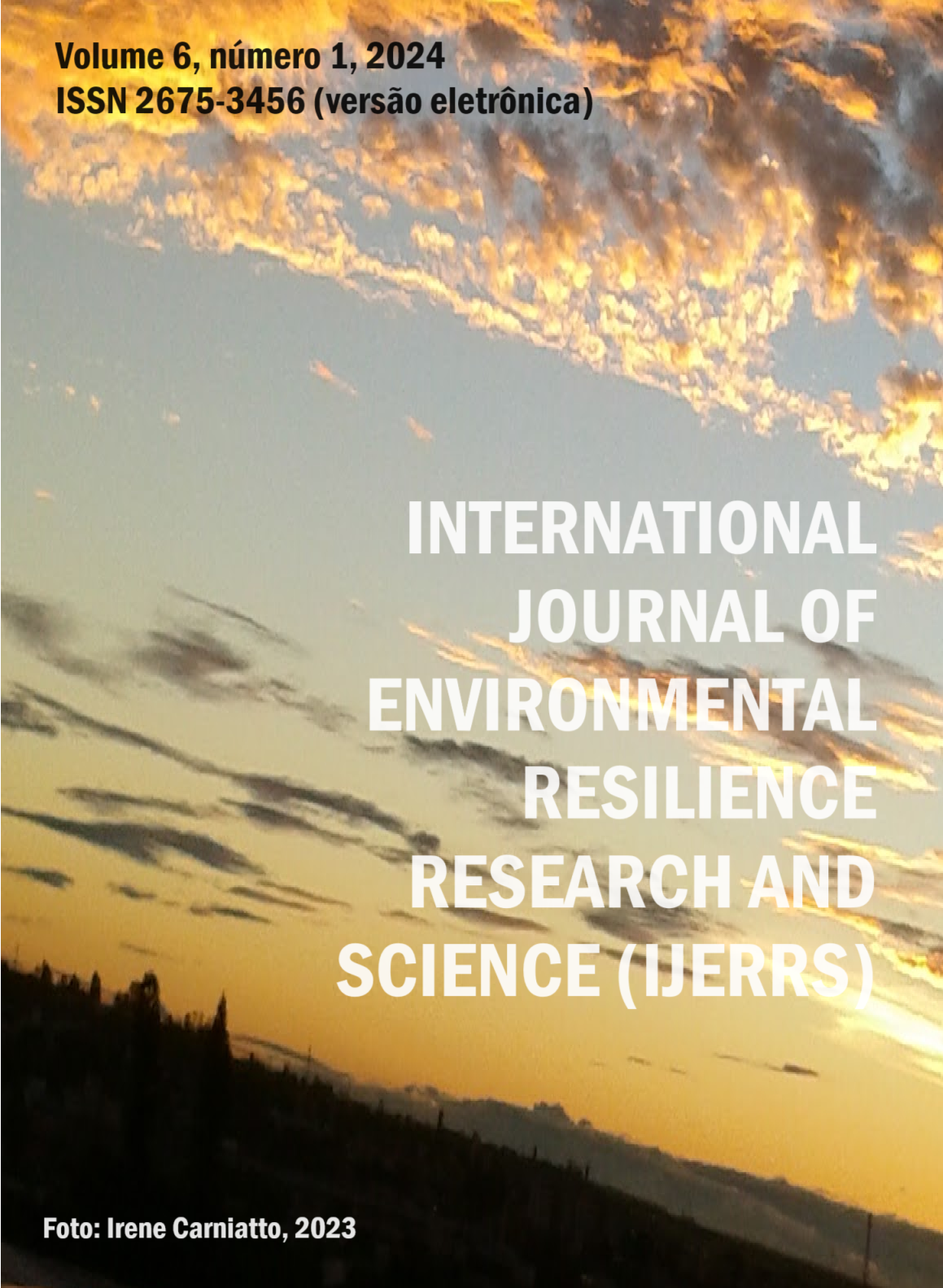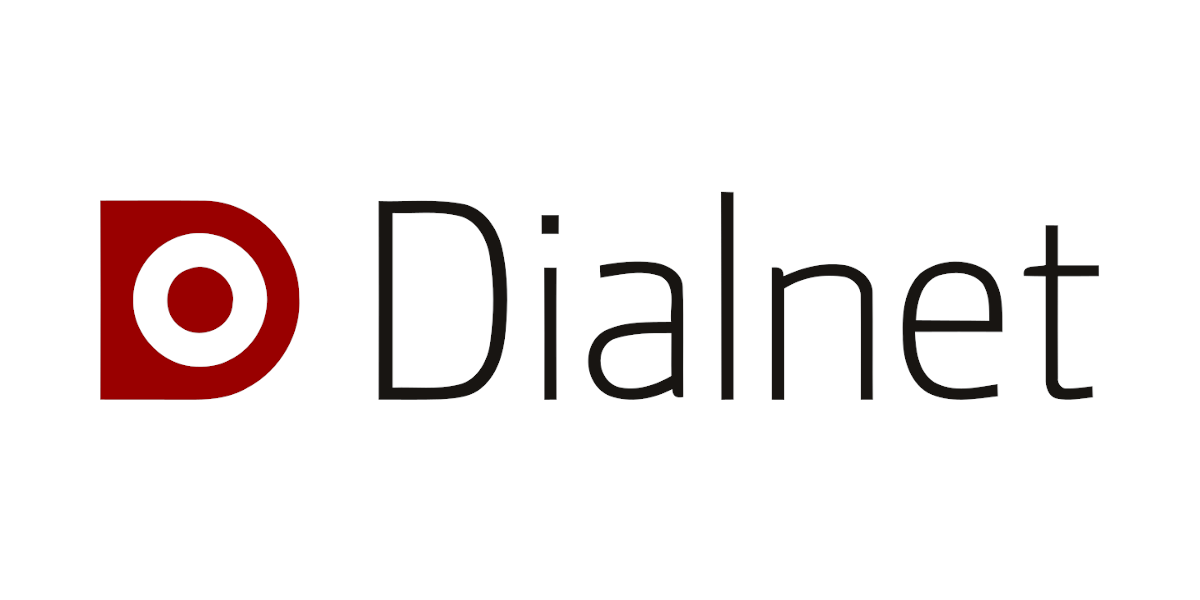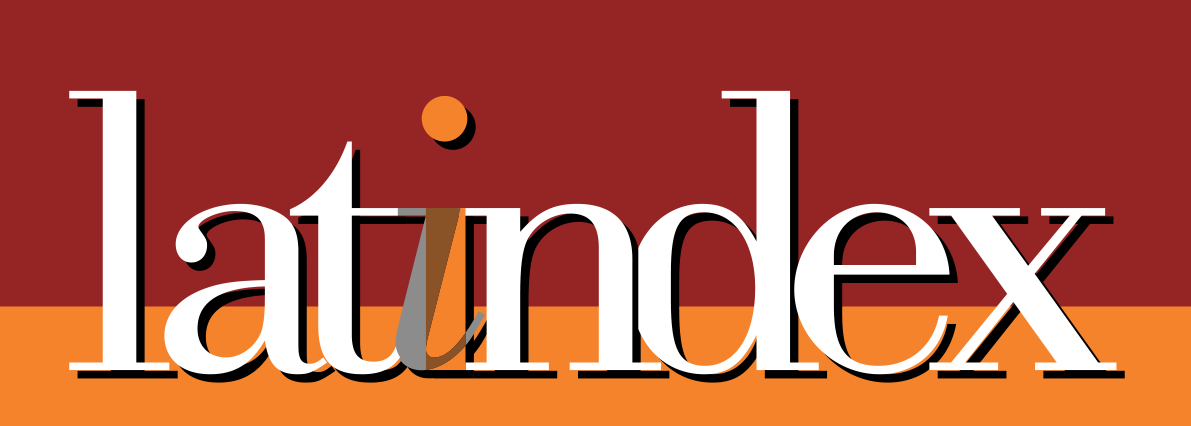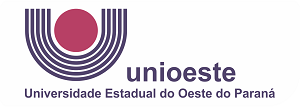Intellectual Structure of the Scientific Production on Farmers' Markets and Local Agri-Food Systems: An Analysis in the Light of Co-Citations
DOI:
https://doi.org/10.48075/ijerrs.v6i1.31808Abstract
This paper presents the structure of scientific production that provides the basis for studies on farmers' markets and local agri-food systems through co-citation analysis. The method used was exploratory, and the data for the analysis consisted of scientific articles retrieved from the Web of Science database. The results revealed that studies on this topic began in 1944, although only from 2000 there was a significant increase in research. The Exploratory Factor Analysis (EFA) reveals that the structure of scientific production on farmers' markets and local agri-food systems is addressed in 72.24% by 84 articles. The result of EFA was grouped into five dimensions: the fundamental definitions of alternative local food economies, the characteristics of local food systems, the diversity of alternative food networks, the search for innovative practices and management improvements in alternative local agri-food networks, and the locus of the dynamics of alternative agri-food networks where the consumer-producer relationship is prioritized. This study reinforces the need for further research to seek an understanding of the vital role of farmers' markets and local agri-food systems in society. Future research is recommended to explore the ways and possibilities for producer-consumer rapprochement in the short-circuit food supply chain in farmers' markets.
Keywords: Farmers’ market; Local agri-food systems; Co-citation analysis.
Downloads
Published
How to Cite
Issue
Section
License
Copyright (c) 2024 International Journal of Environmental Resilience Research and Science

This work is licensed under a Creative Commons Attribution-NonCommercial-ShareAlike 4.0 International License.
Aviso de Direito Autoral Creative Commons
Política para Periódicos de Acesso Livre
Autores que publicam nesta revista concordam com os seguintes termos:
1. Autores mantém os direitos autorais e concedem à revista o direito de primeira publicação, com o trabalho simultaneamente licenciado sob a Licença Creative Commons Attribution que permite o compartilhamento do trabalho com reconhecimento da autoria e publicação inicial nesta revista.2. Autores têm autorização para assumir contratos adicionais separadamente, para distribuição não-exclusiva da versão do trabalho publicada nesta revista (ex.: publicar em repositório institucional ou como capítulo de livro), com reconhecimento de autoria e publicação inicial nesta revista.
3. Autores têm permissão e são estimulados a publicar e distribuir seu trabalho online (ex.: em repositórios institucionais ou na sua página pessoal) a qualquer ponto antes ou durante o processo editorial, já que isso pode gerar alterações produtivas, bem como aumentar o impacto e a citação do trabalho publicado (Veja O Efeito do Acesso Livre).
Licença Creative Commons
Esta obra está licenciada com uma Licença Creative Commons Atribuição-NãoComercial-CompartilhaIgual 4.0 Internacional, o que permite compartilhar, copiar, distribuir, exibir, reproduzir, a totalidade ou partes desde que não tenha objetivo comercial e sejam citados os autores e a fonte.









